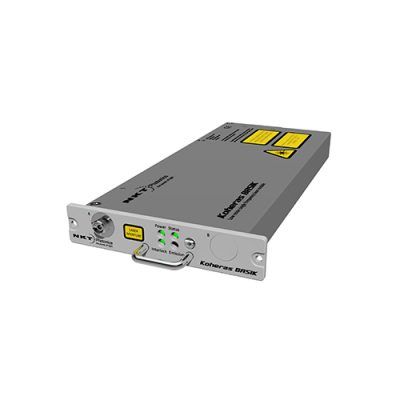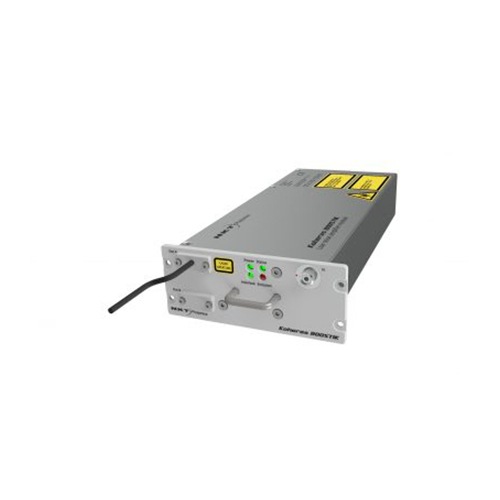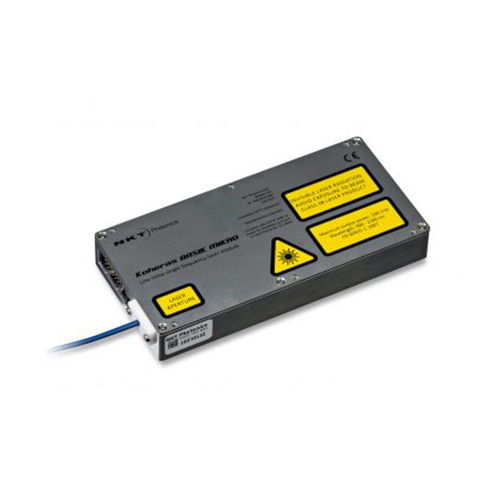This range of lasers offered as compact modules typically for industrial OEM integration. It is also designed as a building block for our ADJUSTIK benchtop systems and the ACOUSTIK multi-channel systems. It is supplied with NKTP CONTROL software for the control and read-out of laser parameters on a pc such as a wavelength, output power, and RIN suppression.
Any interferometric use that requires high-frequency stability or a long coherence length will benefit from this type of laser technology. The typical applications are remote sensing, including seismic sensing, such as oil and gas exploration and exploitation, security (perimeter and pipeline detection), and structural pipeline monitoring.
Furthermore, the low-intensity noise of the lasers combined with the high spectral stability makes them ideal as sources for wind LIDAR systems used for the wind turbine and aerospace industry, as well as for interferometry laser vibrometry sensing systems.








